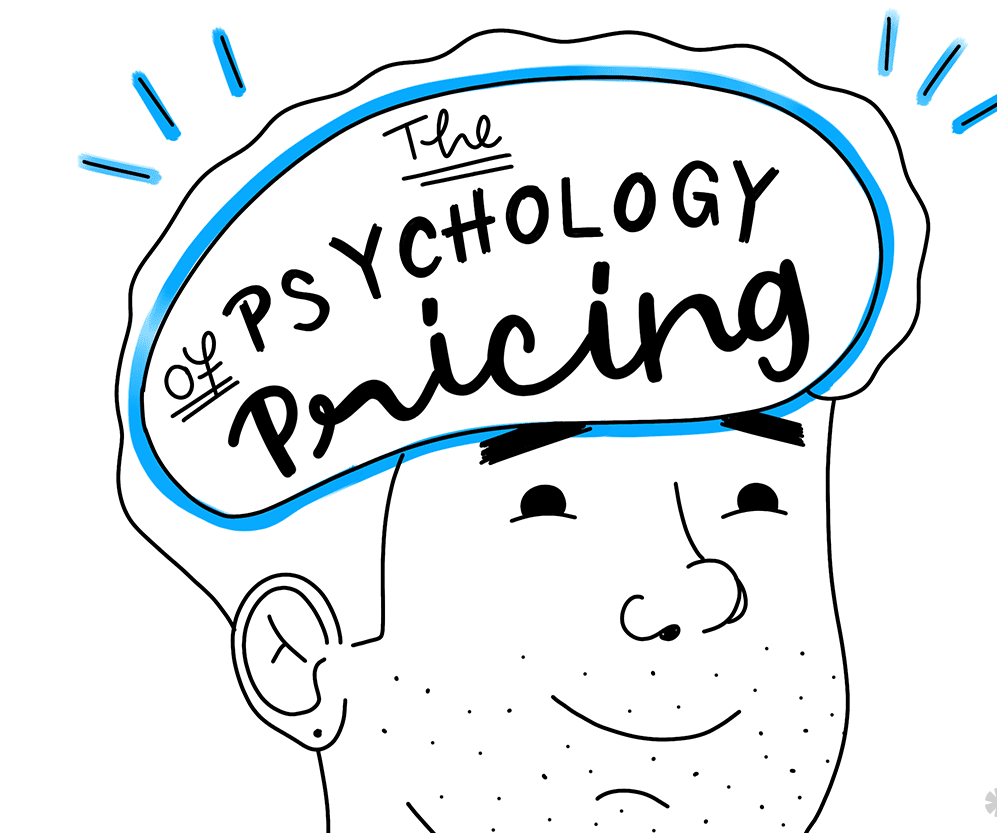Sensitivity to the pricing or price change will vary from consumer to consumer. In a particular situation, the behavior of one individual may not be the same as that of the other.
Some important characteristics of the consumer as revealed by research and experience are detailed below:
From the point of view of the consumer, prices are quantitative and precise whereas product quality, product image, customer service, promotion, and similar factors are qualitative and ambiguous.
It is easier to speculate about what consumers would do if prices rose by 5 percent than if the quality improved by 5 percent.
Read Also: Objectives of Pricing Policy in Marketing
Price constitutes a barrier to demand when it is too low just as when it is too high. Above a particular price, the article is regarded as too expensive and, below another price, as constituting a risk of not giving adequate value.
If the price is too low, consumers will tend to think that a product is of inferior quality.
Balsara, manufacturers of ‘Odonil’ and ‘Promise’ realized that pricing a product too low could adversely affect its sales by creating a credibility problem.
Consequently, they began to price their products with higher unit margins, make higher advertising outlays to emphasize product attributes rather than the price, and provide more attractive margins to dealers to push up their products (Business India, April 28-May 11, 1980, 35). Price inevitably enters into the consumer’s assessment of quality.
There are two reasons for this:
Read Also: Pricing Methods in Marketing
- It needs expert knowledge and appropriate equipment to test the quality or durability of some particular products (to say nothing of the time and cost involved in carrying out a proper test).
Customers tend to look upon price itself as a reasonably reliable indicator of quality. What is costly is thought to be of high quality. A higher price is ordinarily taken to be a symbol of extra quality or extra value of extra prestige. - It is very difficult to convince people that something cheap is of good quality and that something expensive is of poor quality. It may be easier to prove that an expensive product is of superior quality than to prove that a cheap product is of good quality.
This is especially true of durable consumer goods which are very often differentiated, at least psychologically, through branding, packaging, and advertising. In such cases, the sale of certain goods could be stimulated more effectively through higher rather than lower prices for two reasons:
Read Also: Objectives of Pricing Policy in Marketing
- The higher price increases the snob appeal of the goods.
- The higher price creates confidence in the customer that he/she is getting good quality.
To conclude, in many cases, price is used by the prospective customer as a clue for sizing up the quality of the product. This price-quality association is well established.
With an improvement in income, the average consumer becomes quality-conscious. An improvement may, therefore, lead to an increase in demand.
If this is so, a time may come when a rise in prices increases demand. This extreme situation may arise if the price in increasingly affluent societies comes to serve merely as an indicator of quality.
Consumers may be persuaded to pay more for heavily advertised goods.
A firm’s size, its financial success, and even its age are often perceived by consumers as measures of quality. Well-known firms very often assert that under their reputation they can charge 5 to 10 percent higher than other firms but not much more.
In a comprehensive survey of consumer consciousness, it was revealed that the basic postulate of the demand theory, i.e., the consumer has an appropriate knowledge of market prices, was not fundamentally wrong.
An experimental study in Nigeria showed that more than 50 percent of the respondents revised their ratings of ready-made shirts after knowing their prices, indicating thereby that price information does have a significant effect on quality perception.
Higher prices that increase consumer readiness to buy may sound uneconomic, but may not be unrealistic. The price-quality concept has equal relevance to new product pricing. The lesson from this discussion is that the producer has considerable flexibility in pricing his products, provided he can create a psychological image of quality.
Read Also: Explanation for the widespread use of Full–cost Pricing
